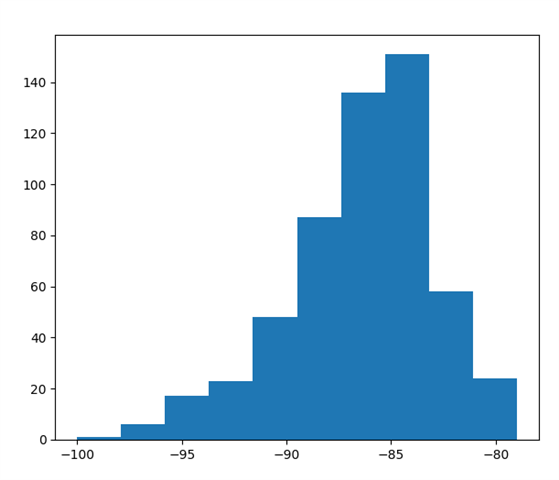Hello,
I'm currently testing BLE Coded PHY by using extended advertising.
I used two nRF52840-DK and nRF5 SDK v17 with compatible softDevice.
I've checked that the hardware oprates in Coded PHY (both primary and secondary advertising channel),
and there is no problem to set the Coded PHY option. However, when I compared a communication range
of Coded PHY(1) with the range of Legacy advertising(2), Both setup has almost same range in LoS condition.
One of the two nRF52840-DK was used as scanner, and the other one was used as peripheral
(beacon with extended or legacy advertising). Beacon Tx power set to +8 dBm.
My question is...
1) Is it correct or possible both Coded PHY (extended adv.) and LE 1M PHY (legacy adv.) range to be similar ... ?
Most of results of other developers represented that Coded PHY's range is almost doubled of LE 1M, but
in my case there is no significant difference. Repeatedly, I've already checked the PHY option was correctly changed.
2) Including the datasheet, many blog posts said that the Rx sensitivity of nRF52840 SoC in Coded PHY (125kbps) is up to -103 dBm.
However, in my case, there is no significant difference on RSSI betweeen LE 1M Scanner vs Coded PHY Scanner. Even though
I select to scan Coded PHY, the minimum RSSI of the received (extended) advertising packet is just -95 dBm. Is there any
option to receive the advertising packet of smaller RSSI about -95 ~ -103 dBm level...?



